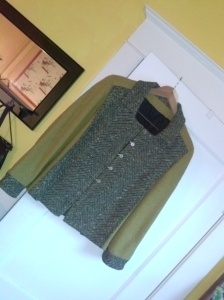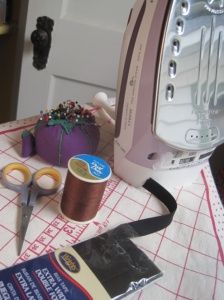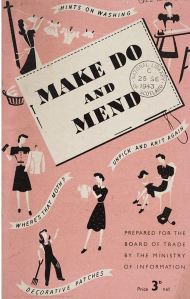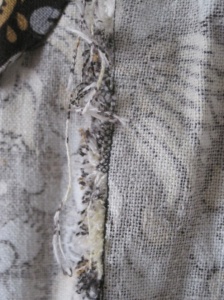Picture a 1920s dress and hat, trying to imagine the style, fabric and color.
What comes to mind as you picture the dress? Does it have a drop-waist? A hemline that stops just below the knee? Is it sleeveless? Is the skirt fitted, gathered or pleated? Does it have a straight hemline or an uneven one? Is the dress fabric you’re picturing rather light-colored (pastels?) and floaty, like silk chiffon? Or maybe black, adorned with beads or embroidery?
How about the hat? Did you picture a round cloche? Was it a summer hat made of straw or raffia? Or a winter hat made of wool?
Where did your image of the 1920s dress and hat come from? Did you draw from images from the film The Great Gatsby (and then, 1974 or the 2013 version?) or maybe the HBO series Boardwalk Empire?
Did the dress and hat you imagined look anything like this?


I’d like to have something to wear to a 1920s-themed event, like the Jazz Age Lawn Party or to a speakeasy bar.
The pattern pictured above is a genuine 1921 pattern. The hat is a 1920s hat that I’ve had for years, displayed in my sewing room in a clear hat box. I’ve purchased linen fabric in the yellow-cream and light orange that matches the hat’s embroidery.
Yet I find myself hesitating to cut out the pattern pieces. I keep thinking, “Does the pattern really look 20s enough? I mean, aren’t those exaggerated wavy lines in the design more mod 1960s or 1970s than 1920s? And what about that skirt on the dress? Doesn’t it read more 1930s? And isn’t the skirt kind of frumpy? Does the hat look enough like a cloche?”
And here I am caught up in the irony of having genuine 1920s articles, and wondering if they look “authentically” 1920s. I’ve been thinking of making the pattern with a different skirt style – maybe pleated or handerkerchief – in order to give it a more “20s look.”
I’ve been reading Heike Jenss’s book Fashioning Memory: Vintage Culture and Youth Style and it’s helped me understand why I’m questioning the “20s-ness” of my pattern. It turns out we have a selective cultural memory of what 1920s (or any past decade’s) style is. My 20s patterns doesn’t look 20s enough because I’m drawing off only the most iconic images of how that era has been reproduced in popular culture in films like Midnight in Paris or the television series Downtown Abbey. Costume designers regularly allow present styles to influence how they reproduce the past. So, for example, the 2013 version of The Great Gatsby features much more fitted versions of flapper dresses than actually was the style. It’s no surprise – every vintage store owner I’ve ever talked to about wearing 20s has told me that most women look terrible in the flat-chested, straight-sided, sack-like dresses of that era. But like most vintage enthusiasts, I’m highly influenced by the present in my imagining of what constitutes “the look” of the past. And so, just like a costume designer, I’m highly likely to alter the pattern’s style to give it a more shapely look that I can more easily wear in the present day. And then my altered “authentic” 20s dress will continue to shape how we today imagine the 1920s.












